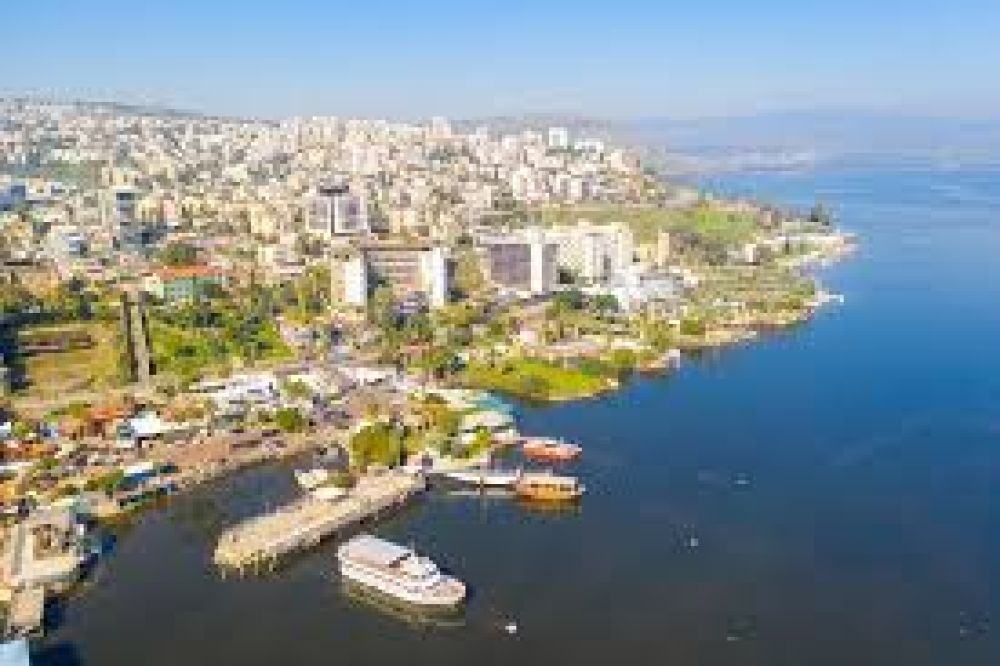

Tiberias, nestled on the western shore of the Sea of Galilee in Israel, has been a popular destination for thousands of years. The city's history as a tourist destination dates back to its founding in 20 CE by Herod Antipas, who named it in honor of the Roman Emperor Tiberius. Initially, it was renowned for its hot springs, which were believed to have healing properties and attracted visitors from across the ancient world.
In the Roman and Byzantine periods, Tiberias flourished as a hub for political and religious life, serving as a key site for Jewish scholarship and the development of the Talmud. The area's rich history made it a point of interest for pilgrims and scholars alike. During the medieval period, Tiberias witnessed invasions and changes in control from various empires, which added to its tapestry of cultural and historical influences. Despite these tumultuous times, visitors continued to travel to Tiberias to explore its historic sites.
The modern development of tourism in Tiberis began more earnestly in the late 19th and early 20th centuries. The city saw a resurgence as Zionist immigrants settled in the area, often turning to the history and natural beauty of Tiberias to draw in travelers. The British mandate period saw further investment in infrastructure, making travel to the city easier and more comfortable. After the establishment of the State of Israel in 1948, Tiberias quickly became a sought-after location for both local and international tourists.
In the latter part of the 20th century, Tiberias expanded its offerings, with the construction of luxury hotels, resorts, and spas around the hot springs. This cemented the city's reputation as a vacation spot that combines relaxation with historical and spiritual enrichment. Attractions like the ancient Tiberias National Park, which includes remnants of the old city walls and gates, the Roman theater, and the famous Tiberias promenade, attract thousands of visitors each year.
The latest tourism trend in Tiberias is a growing interest in ecotourism and sustainable travel. Travelers are now seeking authentic experiences that respect and preserve the local environment and culture. Tiberias has responded with investments in eco-friendly accommodations and tours that showcase the natural beauty of the Galilee region. Moreover, agro-tourism has become popular, with farms offering stays where visitors can learn about organic farming and local agriculture.
Religious and heritage tourism remains strong in Tiberias, with Christian, Jewish, and Muslim sites providing a deep spiritual connection for many visitors. Pilgrimage tours are common, making stops at holy sites such as the Tomb of Maimonides and the ancient synagogue with its famous mosaic floor.
The tapestry of Tiberias' history and the variety of experiences available to tourists continue to make it a vibrant and enduring destination. From the historic hot springs and ancient ruins to modern eco-resorts and heritage sites, Tiberias offers a unique blend of the past and the present, catering to a wide array of interests and contributing to its longevity as a prime location for tourism in Israel.